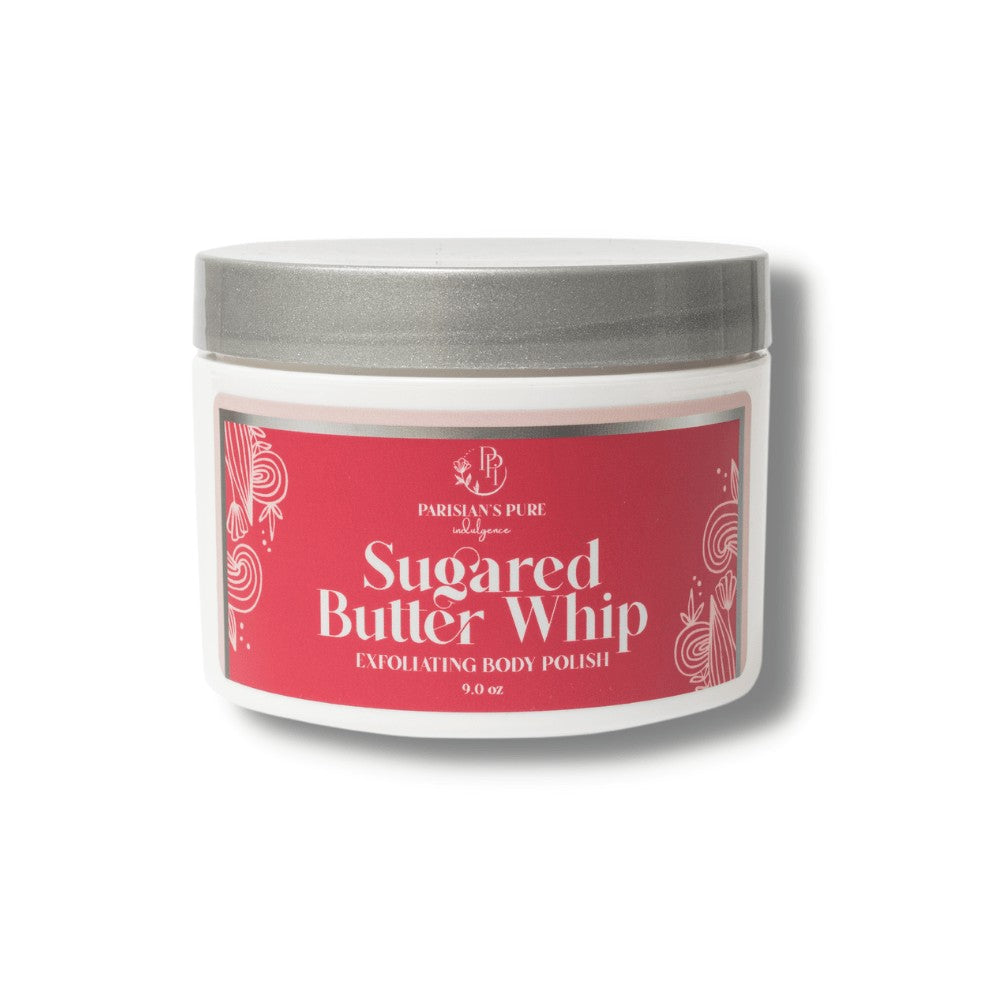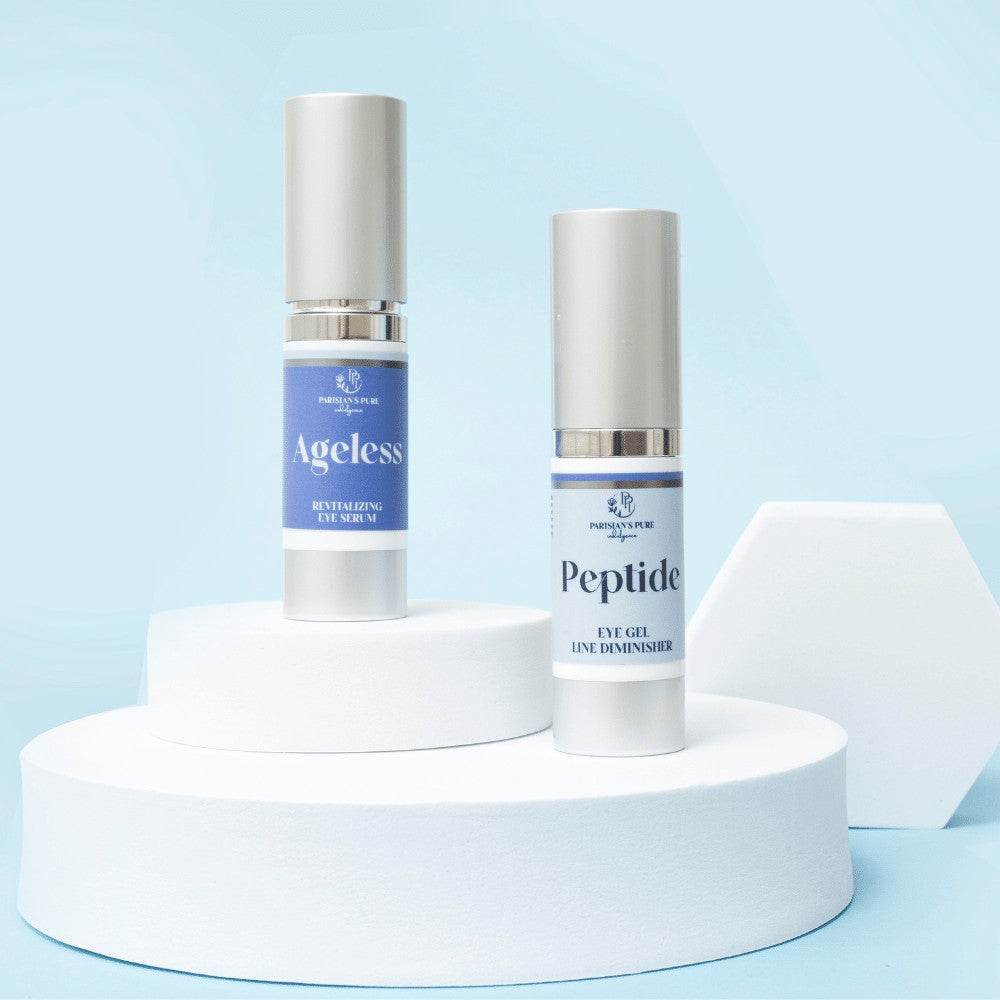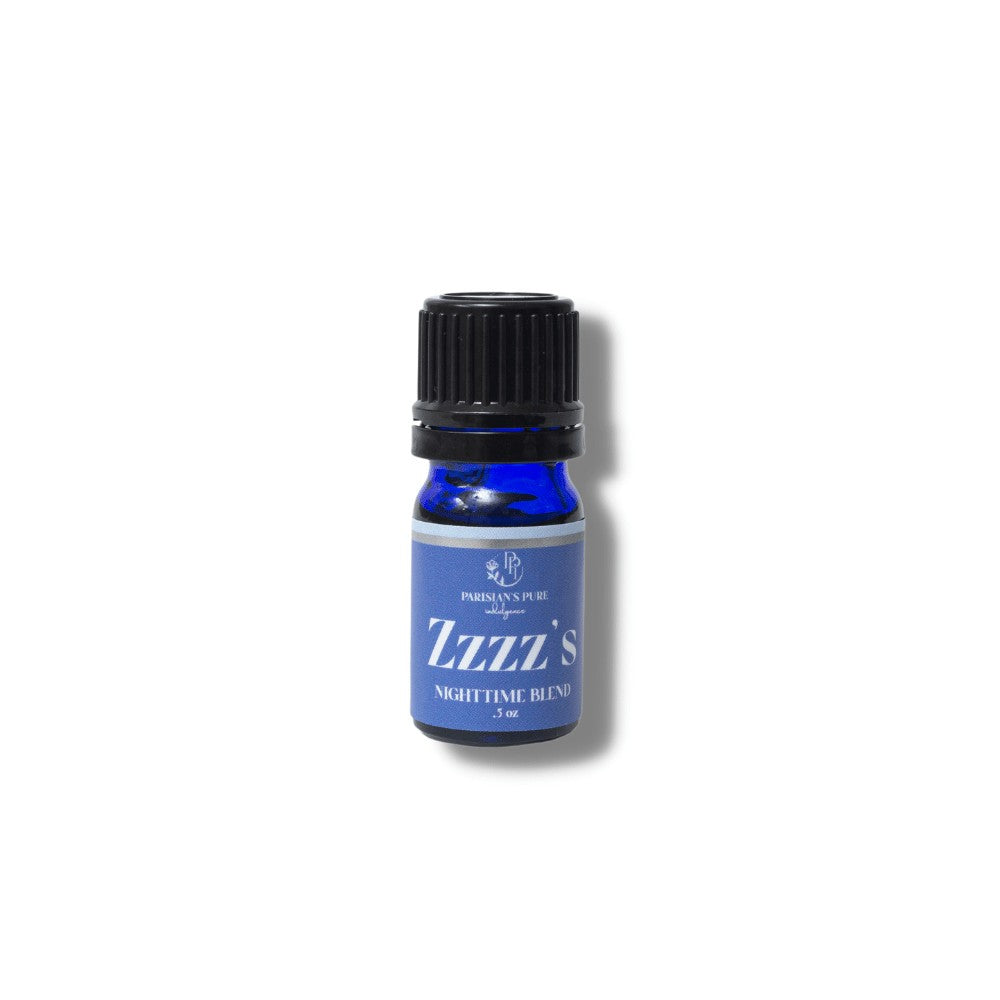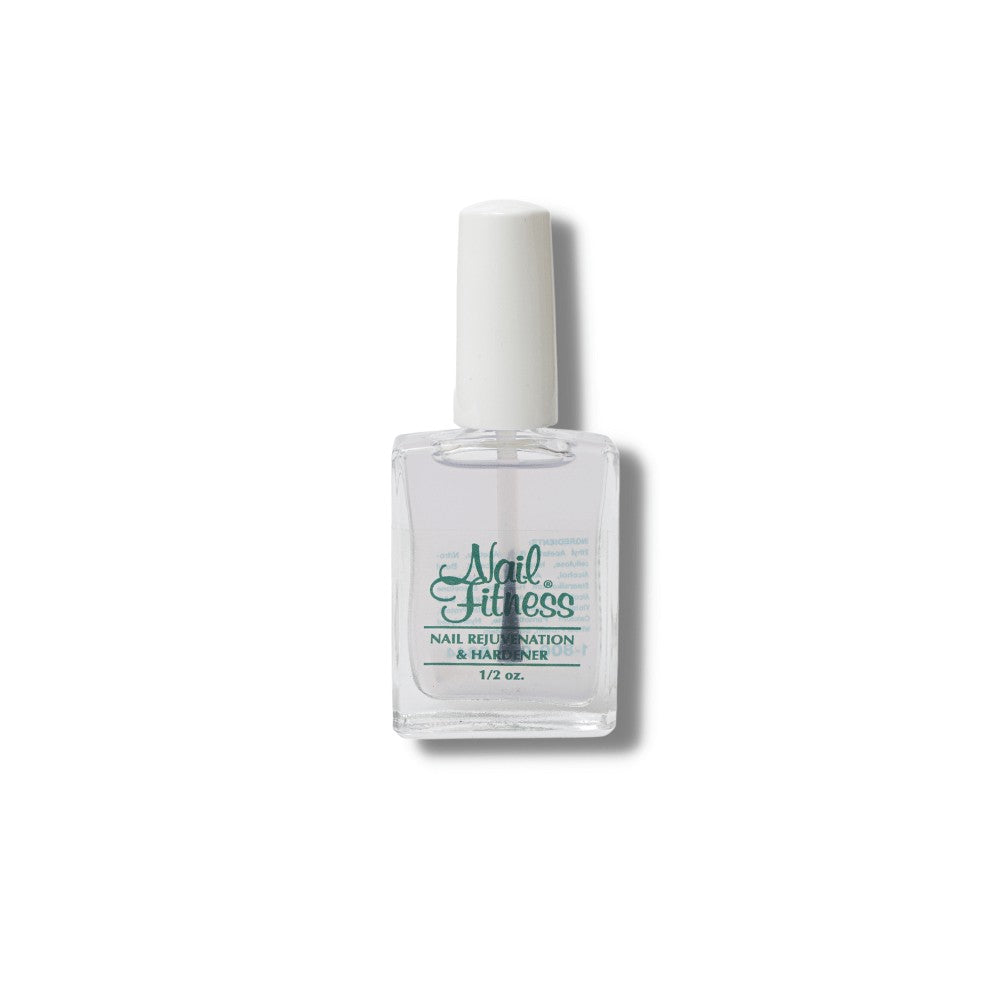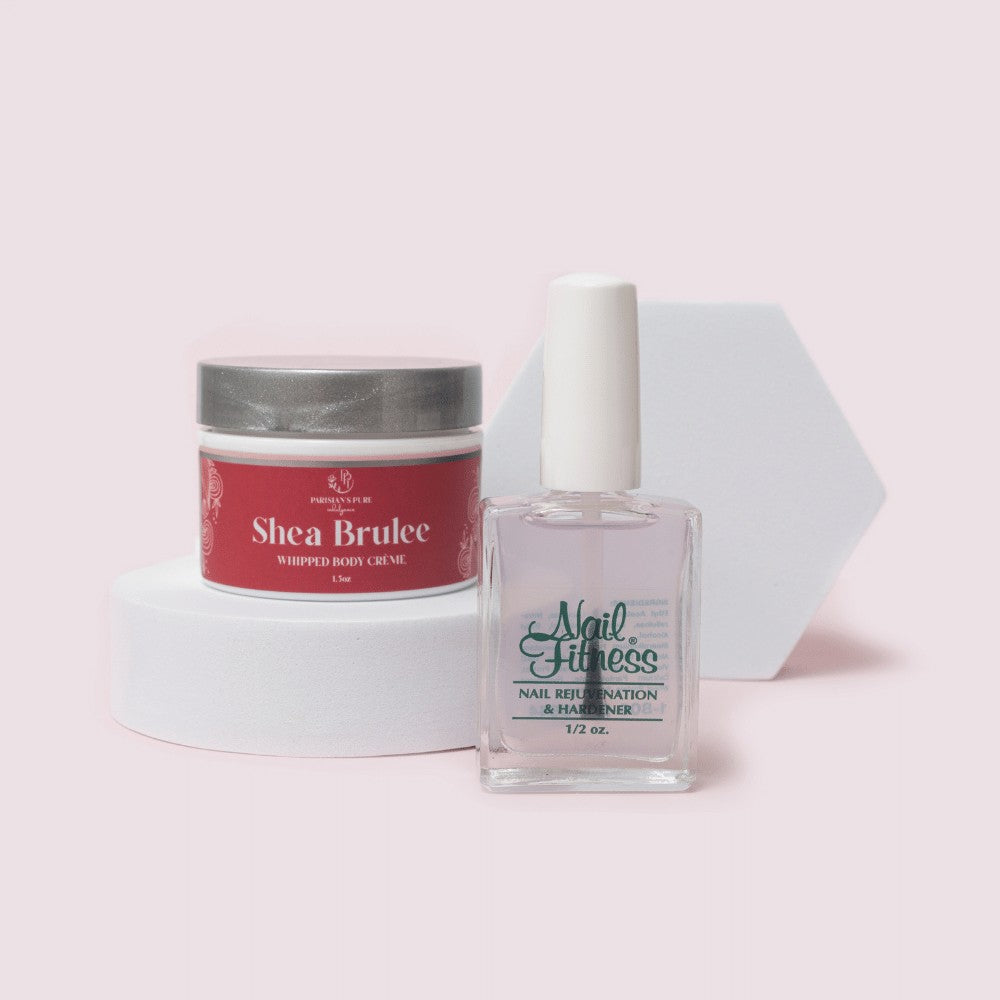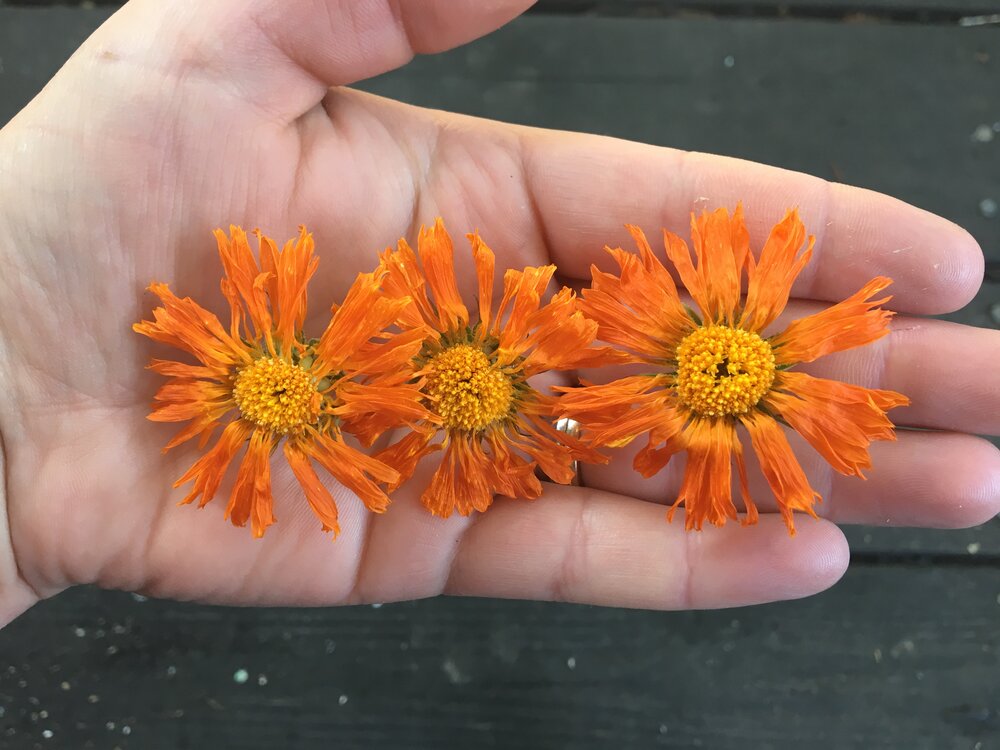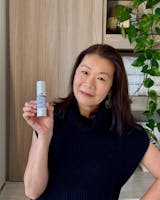Infused Oil Benefits
Let's begin by explaining just what an infused oil is, before we dive into how to make them and what you should be careful of.
An infused oil is where you gather an herb or flower (preferably dried) and soak it in a carrier oil ( learn all about carrier oils)for an extended period of time. This allows the beneficial chemical compounds from the herb to extract/infuse into the oil.
Once you’ve let the herbs soak, you then strain them off and the oil is ready to be used for many different body care purposes. They can also be used for culinary purposes. Keep reading :-)
Why Dried Herbs or Flowers Are Best
Fresh plant materials hold water and could cause bacterial growth and other nasties in your infusions. It's best to use dried flowers and dried herbs when infusing.
How To Properly Infuse A Carrier Oil
There are several methods to infusing oils, but our favorite is the "folk" method which relies on the sun to naturally infuse oil with herbal properties.
Directions
- Place dried herbs/flowers in a clean, dry quart jar. Leave at least 1 to 3 inches of open space above your herbs to cover with oil.
- Fill remaining space in jar with carrier oil of choice, making sure to cover herbs by at least 1 inch or more. If the herbs emerge above the surface of the oil at any point while infusing, pour more oil on top to ensure the herbs remain covered.
- Cap the jar tightly and shake well.
- Place jar in a sunny, warm windowsill and shake once or more per day.
- After 2 to 6 weeks, strain the herbs out of the oil using cheesecloth or a fine strainer. Make sure to squeeze out as much of the precious oil as possible!
- Pour into clean glass bottles.
- Be sure to label with the date, type of oil, and herbs used.
- Store in a cool, dark place. The oil may keep for up to a year. Vitamin E at up to a 1% concentration may also be added to prolong the shelf life or oils to be used topically.
This method is used for oils that will be topically applied to the skin.
For Culinary Purposes
Endless culinary possibilities exist for preparing and using herb and garlic-infused oils at home. Herbs are easy to grow in home gardens or containers, providing an inexpensive and plentiful supply for infusion.
Warning!
While it's tempting to infuse rosemary and other herbs with fresh cloves of garlic, keep in mind, infusing with fresh garlic can be tricky.
Infused oils have the potential to cause botulism. Before getting too creative, make sure your infused oils are safe to eat by following food safety guidelines.
Here's a great articleon how to properly infuse garlic into oil.
Infusing Oils for Skincare
There are many wonderful benefits to infused oils for our skin. Herbs such as Calendula, Chamomile, Arnica flowers, and lavender flowers all have properties that support our wellness and benefit skin afflictions from dry skin to conditions like eczema.
This is the process I'm in the middle of for a salve I'll be creating for my precious granddaughter.
I started with jojoba oil infused with wonderful organic wild calendula flowers.


The first image is day one of the oil infusion process. In the first photo, the petals are neat and oil is clear. Second image is 4 weeks later. I've shaken the jar daily, and stored on a windowsill. The petals have become crushed a bit and now the oil is a lovely shade of pale orange. 2 more weeks to go!
Whether you're infusing oils for body care treatments, culinary purposes, or just the lovely scent of a lavender oil, enjoy the process and the gratification of a job well done.

